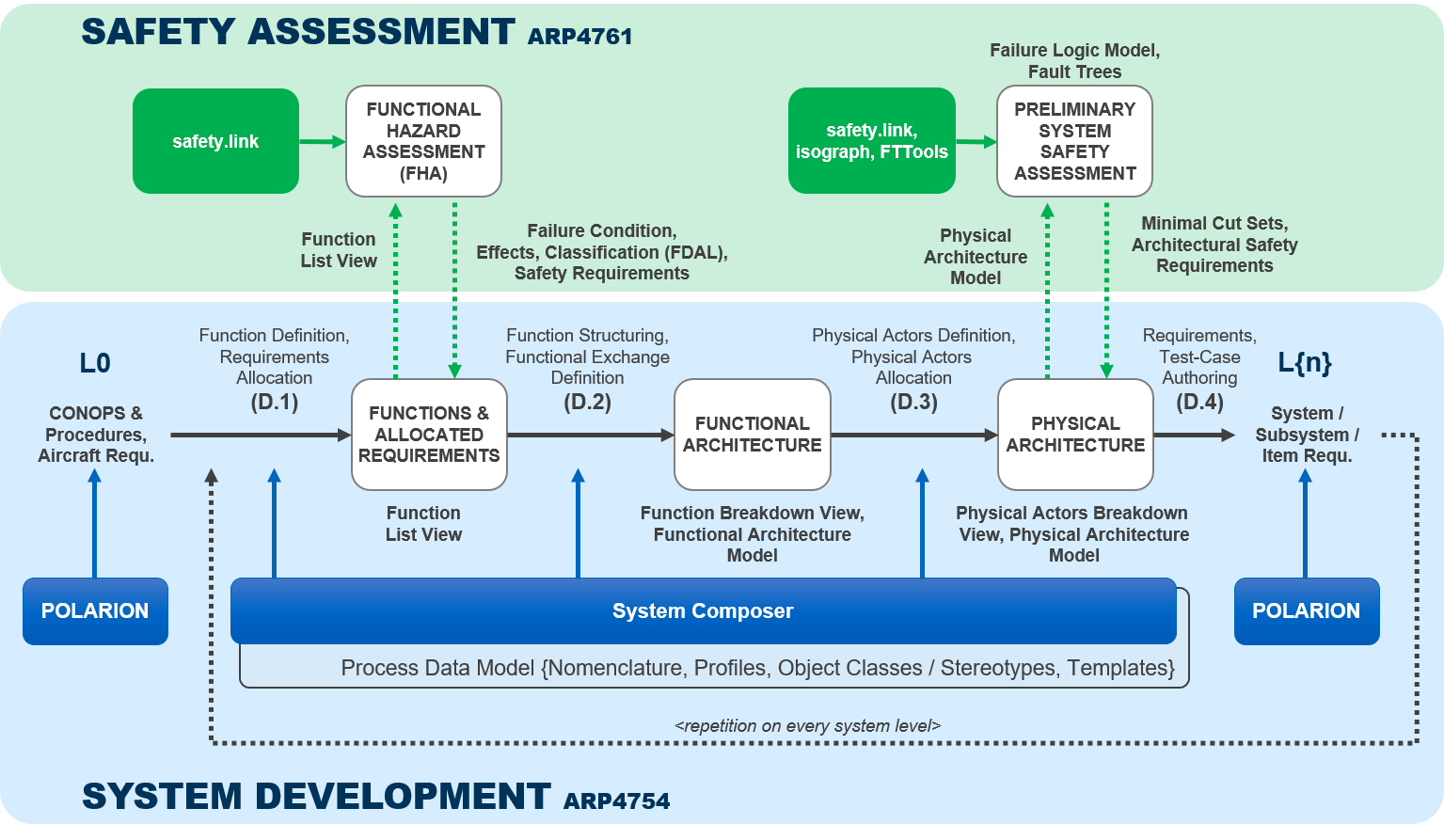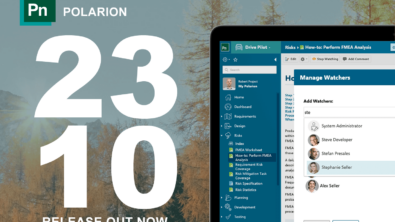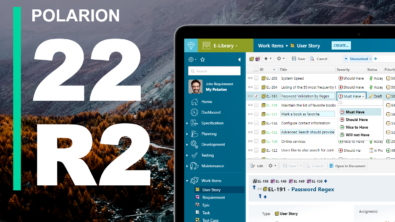Be Lean — How to Fit a Model-Based System Architecture Development Process Based on ARP4754 Into an Agile Environment

This post introduces you to the paper “Be Lean – How to Fit a Model-Based System Architecture Development Process Based on ARP4754 into an Agile Environment” from the Institute of Flight System Dynamics – Technical University of Munich, that has recently been published at the 40th Digital Avionics Systems Conference (DASC).
What to expect about Polarion?
“Although our process is heavily model-based, we still need a proper requirements management platform to fulfill relevant objectives of the aerospace recommended practice ARP-4754A.
This is where Polarion comes into play. Through its flexibility, it allowed us to setup the project configuration just to our needs to elicit requirements on different levels.
With the help of the Polarion Extension SimPol, we are also able to establish full cross-platform traceability between Polarion and MATLAB/Simulink.”
Abstract
An emerging service is moving the known aviation sector in terms of technology, paradigms, and key players – the Urban Air Mobility. The reason: new developments in non-aviation industries are driving technological progress in aviation. For instance electrical motors, modern sensor technologies and better energy storage expand the possibilities and enable novel vehicle concepts which require also novel system architectures for flight control systems. Their development is governed by aviation authority and industry recognized standards, guidelines and recommended practices. Comprehensive methods for Model-Based Systems Engineering exist which address these guidance materials but their setup and their application can be quite resource-demanding. Especially the new and rather small key players – start-ups and development teams in an educational environment – can be overwhelmed to setup such development processes. For these clients, the authors propose a custom workflow for the development of system architectures. It shall ensure development rigor, quality and consistency. The authors show how the custom workflow has been established based on the ARP4754A and its level of compliance to the standard’s process objectives. Based on automation of life cycle activities, manual effort can be reduced to allow the application even in small teams. The custom workflow’s activities are explained and demonstrated within a case study of an Experimental Autopilot system architecture.


